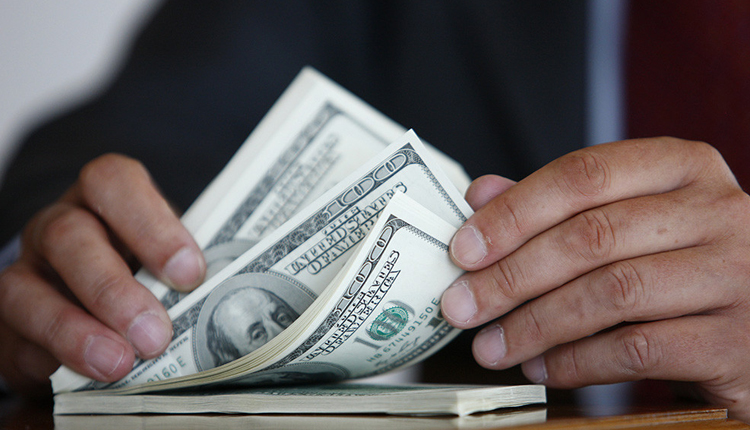The dollar held broad gains on Monday as investors sought shelter in the world’s most liquid currency on fears of a slowdown in global economic growth and as U.S.-Sino trade tensions sapped risk appetite.
The greenback, considered a safe haven currency, advanced as last week’s capitulation in oil prices raised investor concerns that the global economic recovery was losing steam.
The British pound changed hands at $1.2804, declining 0.05 percent versus the dollar. European Union leaders sealed a Brexit pact on Sunday calling it the “best possible” deal that Britain could have achieved.
A vote in the British parliament is expected to take place just before the next EU summit on Dec. 13-14 and most analysts expect sterling to remain subdued until then.
With Brexit issues apparently settled in the immediate-term, currency traders are looking to the upcoming G-20 meeting in Buenos Aires on Nov. 30, where U.S. President Donald Trump and Chinese President Xi Jinping are expected to discuss contentious trade matters.
Investors are looking to see if a workable deal can come out of the summit. Outside of such an agreement, Washington is looking to raise its 10 percent tariff on $200 billion of Chinese imports to 25 percent by early next year.
Trump has also threatened to impose tariffs on all remaining Chinese imports — about $267 billion in goods — if Beijing fails to address U.S. demands on trade.
OCBC analysts say markets are closely monitoring whether China can convince Washington to postpone the tariff hike to 25 percent from the planned January timeframe, which would allow room for negotiation. Such a postponement may support market sentiment.
“If there is some sort of truce which comes out of this deal, we will see money coming out of the safe haven dollar,” said Rodrigo Catril, senior currency strategist at National Australia Bank.
“This would bode well for the riskier currencies such as the Aussie, kiwi dollar and the Asian emerging market currencies.”
The yen changed hands at 113.22, with the dollar gaining 0.25 percent over the Japanese currency.
Analysts expect the yen to weaken further against the dollar due to the divergence in monetary policy between the U.S. Federal Reserve and the Bank of Japan. The Fed is on a monetary tightening path while the BOJ remains committed to its ultra-loose monetary policy due to low growth and inflation.
Another factor supporting the dollar/yen is Japanese investors’ heavy investment in U.S. and other dollar-denominated foreign assets.
The euro traded marginally lower at $1.1335. The single currency lost 0.7 percent versus the greenback last week on weak economic data out of the common area.
The ongoing tussle between Rome and Brussels over Italy’s free-spending budget, which breaks the European Commission’s fiscal rules, has also put the euro under pressure.
However, Italian Deputy Prime Minister Matteo Salvini hinted on Sunday at the possibility of tweaking the country’s deficit goal for next year, a move that could open talks between Rome and Brussels to avoid a disciplinary procedure against Italy.
There will be increased focus on European Central Bank President Mario Draghi’s appearance at the European parliament on Monday, with markets expecting him to take dovish tone given the weakness in recent economic data.
“The ECB’s quantitative easing programme is set to finish up next month and we think the hurdle to extend the programme is exceptionally high,” Nick Smyth, interest rate strategist at BNZ Markets, said in a note.
The New Zealand dollar was relatively unchanged at $0.6784. It earlier hit an intra-day low of $0.6753 as investors reacted to weaker-than-expected retail sales data.
Source: Reuters



